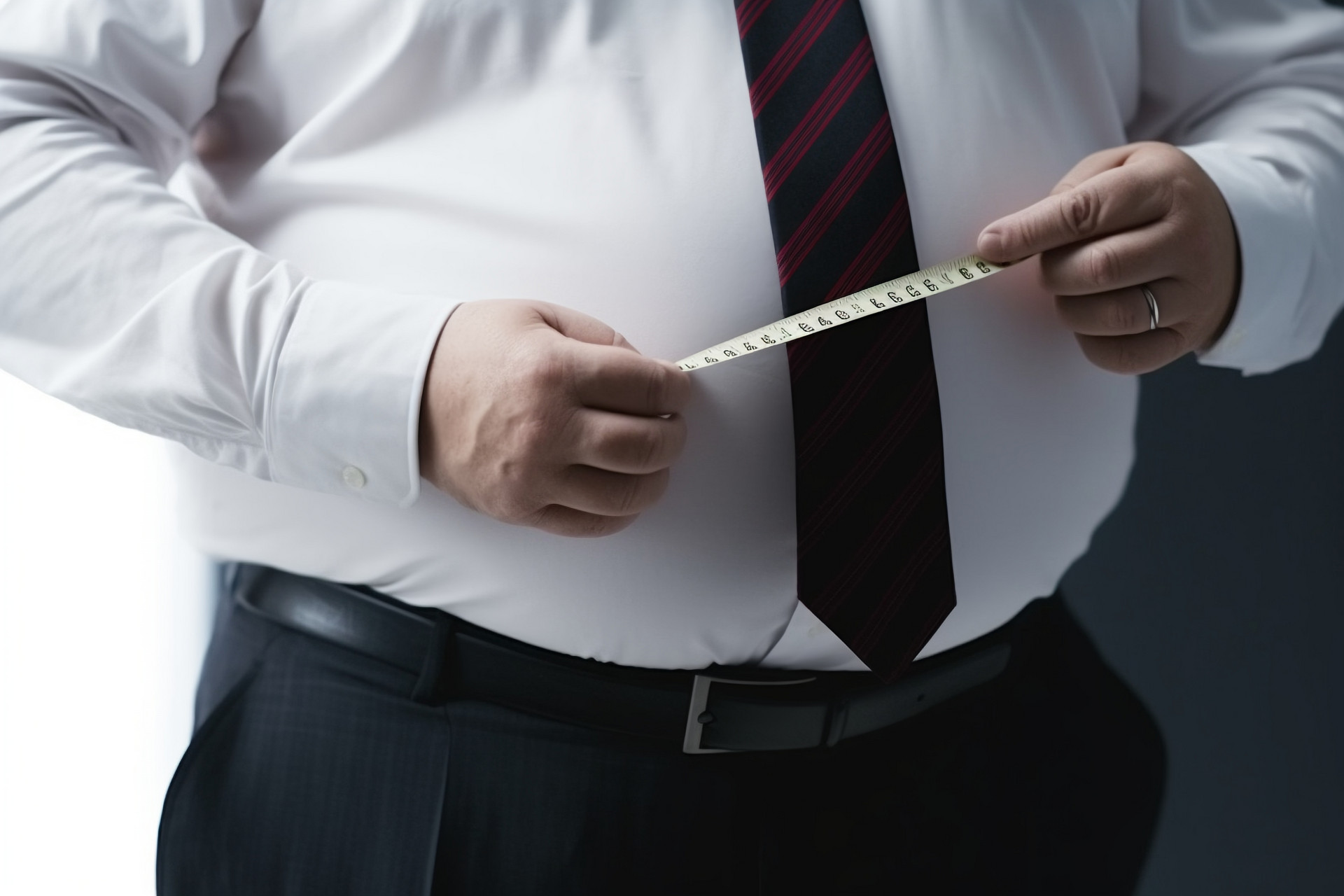At the appropriate age, do the appropriate things. Considering the conditions of the elderly, the editors bring benefits to the elderly, "exercise" health, exercise should be timely and suitable, and choose the exercise method that suits you. The following are some suggestions:
Common physical problems of the elderly
1. Coronary heart disease
Patients with coronary heart disease should avoid intense exercise to prevent irregular heart rate and induce angina pectoris.
2. Diabetes
Diabetic patients should eat something before exercising to avoid insufficient blood supply to the brain and low blood sugar.
3. Weak constitution
Individuals with weak constitution are advised to choose walking as their exercise, and if necessary, use a cane for support to maintain balance.
4. Obesity
Obese individuals can extend the exercise time and distance appropriately and increase the amount of exercise.
Benefits of exercising for the elderly
Exercising appropriately can prevent diseases such as coronary heart disease, diabetes, and obesity, and also have the effect of strengthening the body.
Suitable ways for the elderly to exercise
1. Walking
For individuals with weak constitution, intense exercise may not be feasible. Walking is the best way to exercise. Swing your arms and shake your legs while walking to relax your body and achieve the purpose of exercise.
2. Qigong, physiotherapy
Do exercise within your capabilities, choose the exercise method that suits you, and adjust the intensity and amount of exercise appropriately. If you feel warm and slightly sweaty during exercise, and feel relaxed and comfortable after exercise, it means the exercise is appropriate. If you experience dizziness, chest tightness, palpitations during exercise, and loss of appetite, poor sleep, and obvious fatigue after exercise, it means the exercise intensity is too high and you need to adjust it in a timely manner.
3. Jogging
Jogging, also known as fitness running, is the most suitable exercise for the elderly. Jogging has become a treasure for gaining wisdom, beauty, and maintaining youthfulness, and it has also become a means of preventing and treating diseases in modern life, chosen by more and more elderly people.
4. Square dancing
Square dancing is the most popular exercise nowadays, suitable for people of all ages, including the elderly, young people, and children. Square dancing can make the whole body move, exercise all the cells in the body, and make you sweat, making you feel refreshed after exercise. Square dancing can also cultivate sentiment.
Precautions for elderly exercise
1. Remember not to do weight-bearing exercises.
2. Remember not to do exercises that are too strenuous.
3. Remember not to choose exercises that are too fast.
4. Remember not to engage in resistance or competition exercises.
[Recommended foods for the elderly]
1. Eat more coarse grains
Grains include rice, wheat, corn, millet, sorghum, etc., processed and ground into various kinds of rice and flour.
2. Eat mixed beans regularly
Add mixed beans such as red beans, mung beans, and cowpeas when cooking porridge, which not only improves the taste but also increases the content of protein and minerals.
3. Eat soybeans and soy products regularly
Soybeans are rich in nutrients, but the whole beans are not easy to chew and digest when cooked, so they must be cooked thoroughly. Soybeans contain saponins, which can inhibit lipid peroxidation in the body and have an anti-aging effect.
4. Eat eggs moderately
Eggs contain a variety of nutrients except for vitamin C and sugars. The nutritional value of protein in eggs is high, and the mineral and vitamin content in egg yolks is high. The disadvantage is that the cholesterol content in egg yolks is high. Therefore, it is advisable for middle-aged and elderly people to eat one egg every day or every other day.












